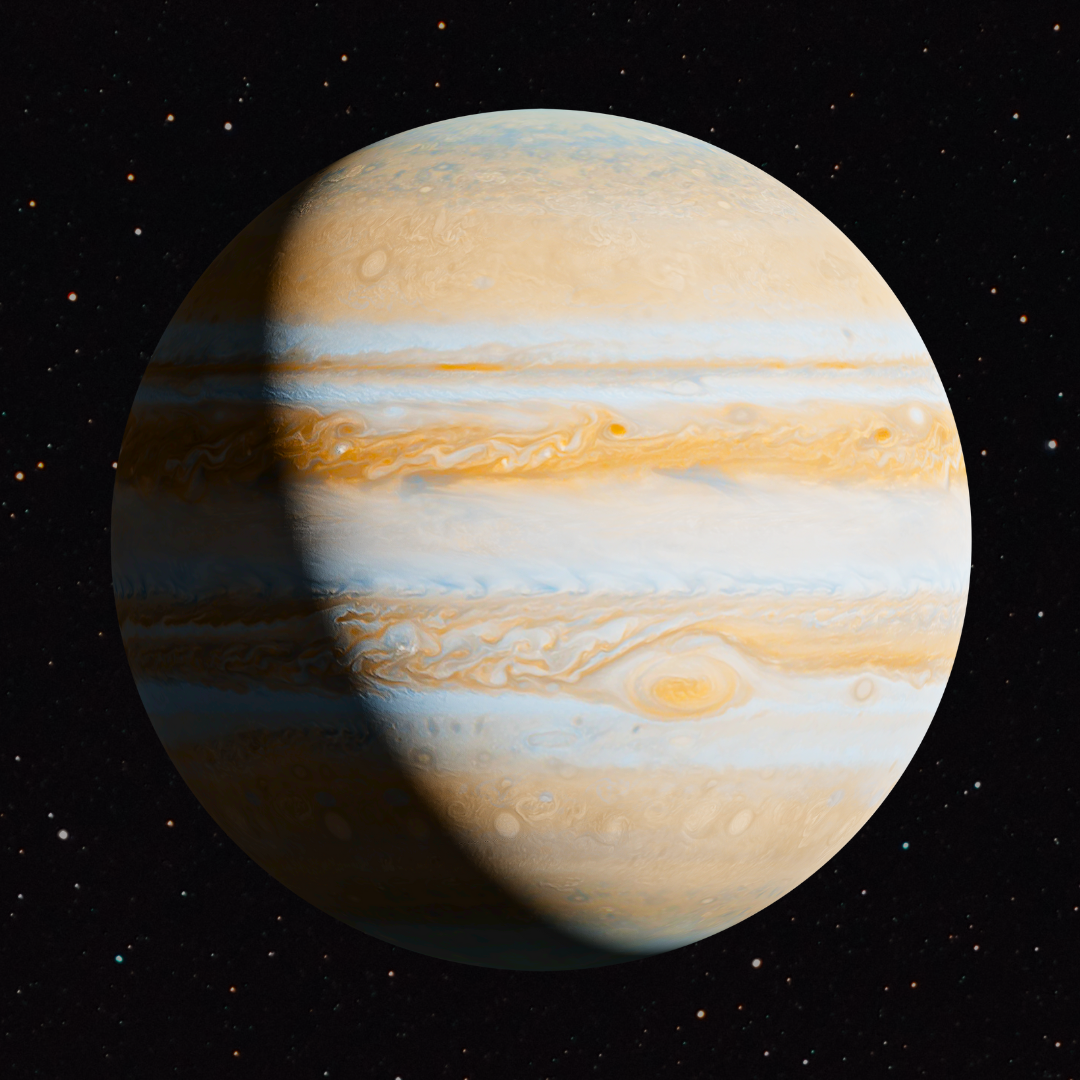
Solar System: Jupiter
Jupiter is the fifth planet from the sun and the largest planet in the solar system. It is a gas giant with a complex and fascinating environment that has intrigued scientists and space enthusiasts for centuries. In this blog post, we will explore the characteristics and history of Jupiter, as well as its importance for our understanding of the universe.
Jupiter's Characteristics:
Jupiter's Characteristics:
Jupiter has a diameter of 139,822 km, making it the largest planet in the solar system. It has a mass of 1.898 x 10^27 kg, which is about 318 times the mass of Earth. Jupiter is a gas giant, with a thick atmosphere that is mostly made up of hydrogen and helium. It has a very low density, which means that it would float on water if placed in a large enough body of water.
Jupiter is known for its Great Red Spot, a persistent high-pressure region in the planet's atmosphere that is larger than the Earth. Jupiter has at least 79 moons, the largest of which is Ganymede, which is larger than the planet Mercury.
Jupiter's History:
Jupiter has been known to humans for thousands of years, and was named after the king of the gods in Roman mythology. However, it was not until the invention of the telescope in the 17th century that scientists were able to study Jupiter in detail. The first spacecraft to visit Jupiter was NASA's Pioneer 10 in 1973, which provided the first close-up images of the planet and its moons.
Subsequent missions, including the Voyager and Galileo missions, have provided additional information about Jupiter's atmosphere, magnetic field, and moons. These missions have revealed that Jupiter has a complex atmosphere with powerful storms and multiple layers of clouds. Jupiter also has a strong magnetic field that is about 20,000 times stronger than the Earth's magnetic field.
Jupiter's Importance:
Studying Jupiter is important for several reasons. First, it provides insights into the processes that govern the formation and evolution of gas giants. Jupiter and Saturn are the two largest planets in the solar system, and studying their composition, structure, and behaviour can provide insights into the processes that shape the evolution of gas giants in general.
Second, Jupiter's moons, particularly Europa and Ganymede, are of interest to scientists studying the potential for life beyond Earth. Both moons have subsurface oceans that are believed to be in contact with the moon's rocky core, creating conditions that may be favourable for the development of microbial life.
Finally, Jupiter's strong magnetic field and the radiation environment around the planet are of interest to scientists studying the effects of space weather on spacecraft and on human exploration beyond Earth's orbit.
